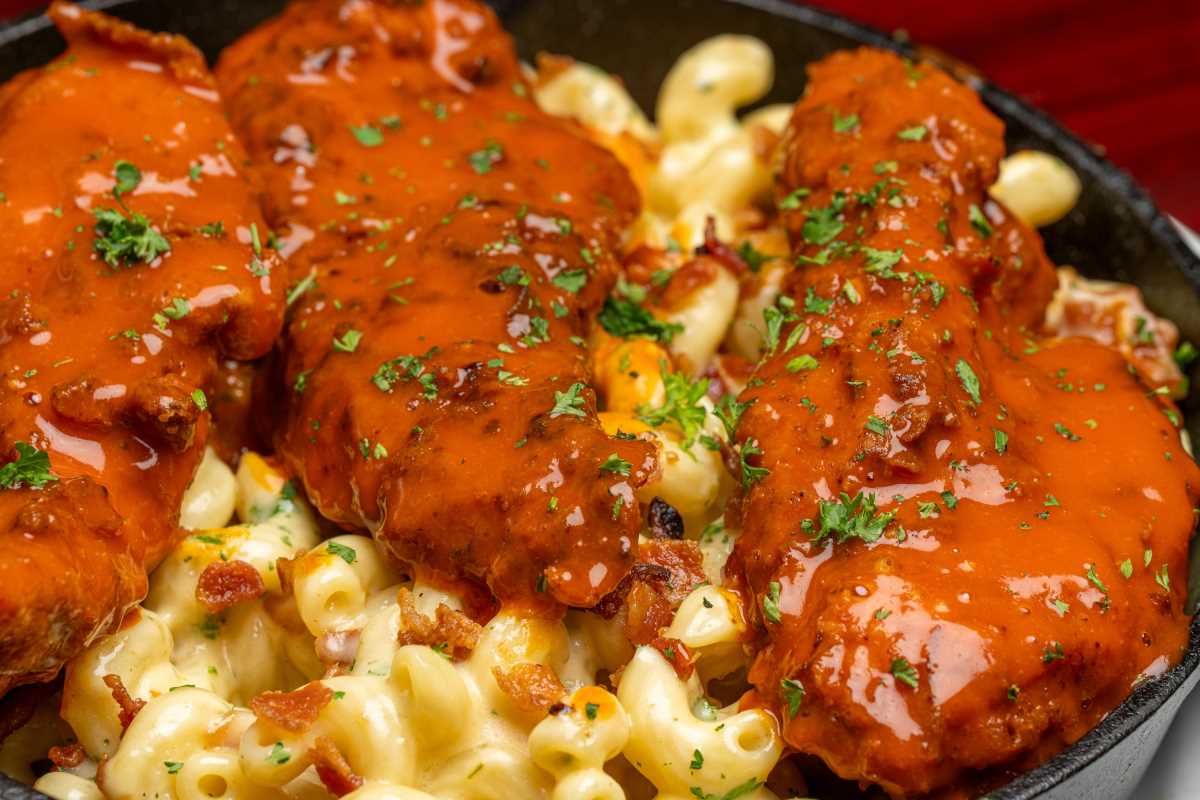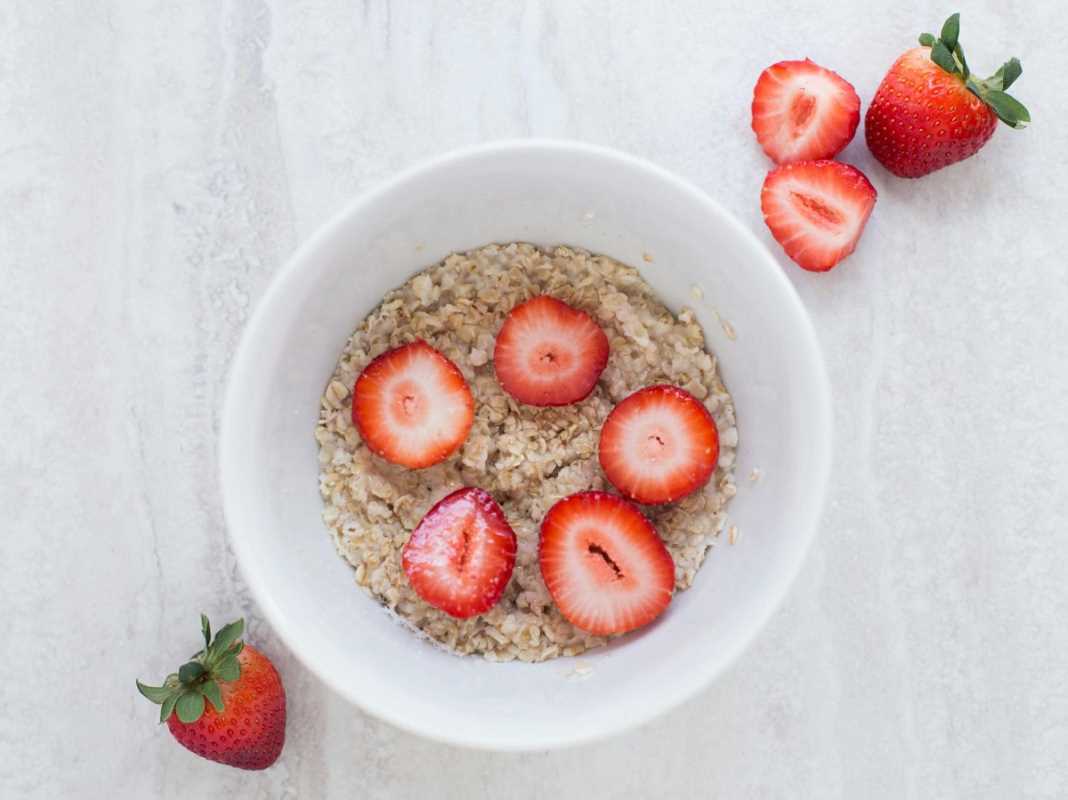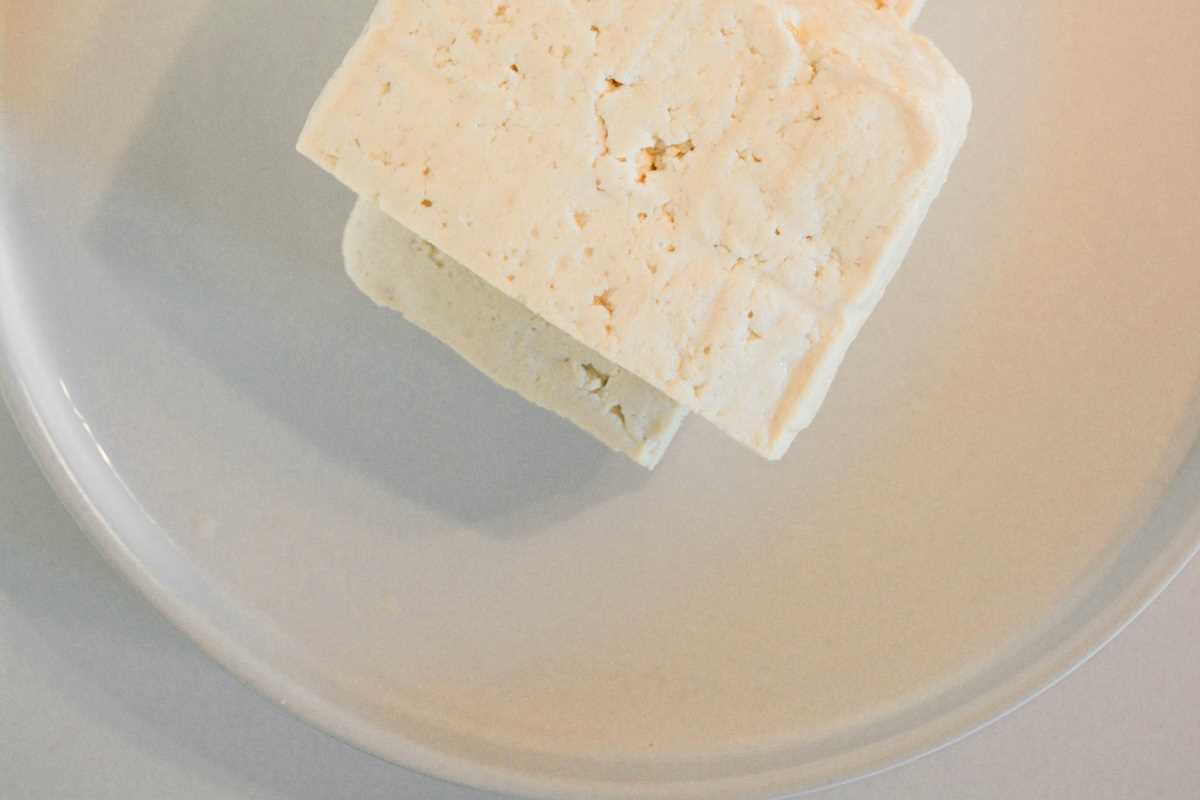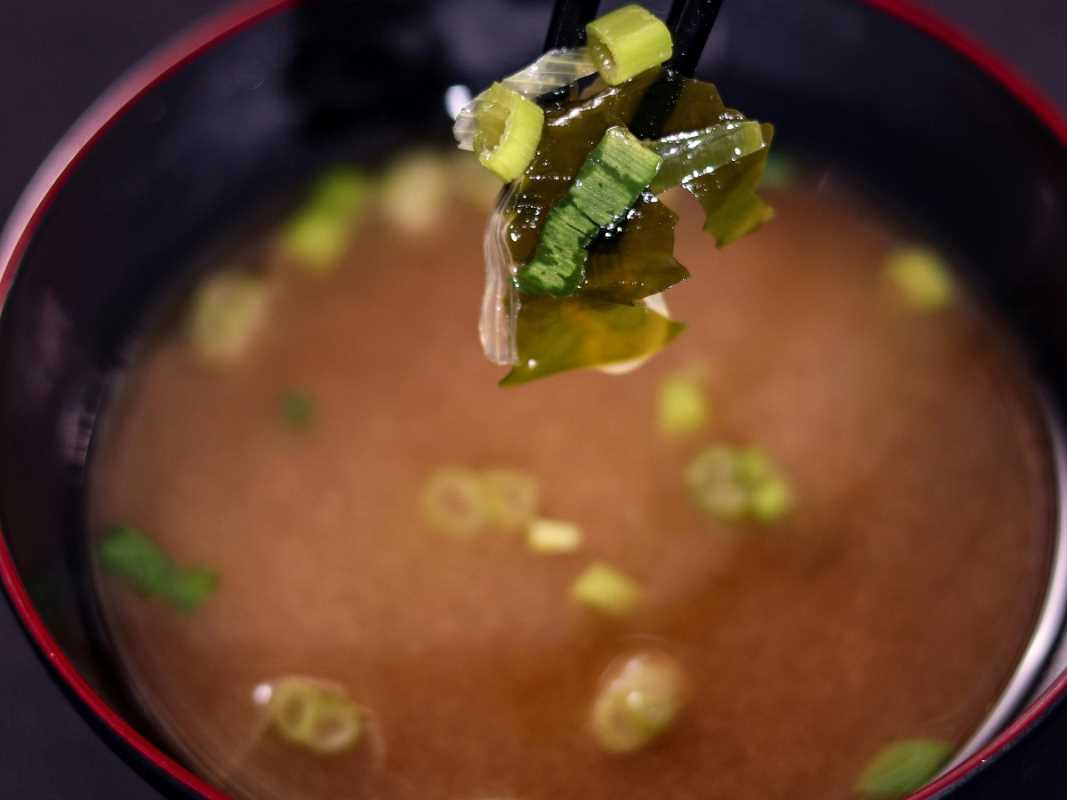There’s a unique joy in sitting down to a plate of fresh, homemade pasta that you’ve crafted with your own hands. While store-bought varieties are convenient, making pasta from scratch elevates an everyday dish into an extraordinary experience. And here’s the great news—creating fresh pasta doesn’t have to include eggs or fancy equipment! With a handful of simple, plant-based ingredients, you can create pasta that’s just as tender, satisfying, and delicious as the traditional kind.
Whether you’re rolling out your first batch or on a quest to perfect this culinary art, this guide has everything you need to make vegan pasta from scratch. We’ll walk you through crafting the dough, rolling and shaping it like a pro, and pairing it with mouthwatering sauces that complement your hard work.
Roll up your sleeves, set out your flour, and get ready to channel your inner pasta chef!
Vegan Pasta Basics
Homemade pasta relies on just two fundamental ingredients, and luckily, they’re probably already in your pantry.
Core Ingredients
- Semolina Flour or All-Purpose Flour: Semolina flour, derived from durum wheat, is the classic choice for pasta due to its high gluten content, which gives the noodles structure and elasticity. All-purpose flour works too, delivering a slightly softer dough. You can even mix the two flours for a balance of texture and flavor.
- Water: That’s it! No eggs are needed for a fabulous dough.
These humble ingredients combine to form the foundation for a versatile dough that can be rolled, shaped, and transformed into any type of pasta you desire.
Optional Additions
For pasta with personality, try incorporating these extras into the dough:
- Spinach or Beet Puree: Add a burst of color (green or pink) and subtle flavor by blending spinach or beets and mixing the puree into your dough.
- Turmeric or Paprika: For bright yellow or orange hues, a teaspoon of either spice does the trick.
- Herbs: Finely chop fresh parsley or basil to fleck your dough with fragrant bits of green.
Step-by-Step Guide to Making Vegan Pasta Dough
Creating pasta dough is simpler than you might think. Follow these steps, and you’ll have a beautifully pliable dough ready in no time.
Ingredients
- 2 cups semolina flour (or a mix of semolina and all-purpose flour)
- 1/2 cup warm water
- Pinch of salt
Instructions
- Mix the Dough: On a clean countertop or in a large bowl, pile the flour and make a well in the center. Sprinkle in a pinch of salt. Slowly pour the warm water into the well while stirring with a fork, gradually incorporating the flour from the sides into the water.
- Knead the Dough: Once the mixture starts coming together, use your hands to knead it into a ball. The dough may feel dry initially, but keep kneading for 8–10 minutes. It should become smooth and elastic, not sticky or crumbly. If it’s too dry, add a teaspoon of water at a time. If it’s too sticky, dust it with a bit more flour.
- Rest the Dough: Wrap the dough in plastic wrap or a clean kitchen towel and let it rest for at least 30 minutes. This allows the gluten to relax, making it easier to roll out your pasta.
The Art of Rolling and Shaping Pasta
Once your dough has rested, it’s time to roll it out and turn it into the pasta shape of your choice. Don’t worry if you don’t have a pasta machine; a rolling pin works wonderfully.
Rolling the Dough
- Divide the dough into four smaller pieces to make rolling more manageable.
- Dust your work surface and rolling pin with flour to prevent sticking.
- Roll one piece of dough into a rectangular shape, working from the center outward. Rotate and flip the dough periodically to keep it even. Aim for a thinness that’s almost translucent; the thinner the dough, the more delicate the pasta.
Shaping the Pasta
Your pasta’s shape determines how it will pair with sauces. Here are a few simple options that are easy to achieve at home.
Tagliatelle or Fettuccine (Ribbons)
- Fold the rolled-out dough into thirds, like folding a letter, and use a sharp knife to slice it into thin ribbons.
- Unfold the ribbons and toss them with a little flour to keep them from clumping.
Farfalle (Bow Ties)
- Use a knife or pizza cutter to cut the dough into small rectangles.
- Pinch the center of each rectangle to form a bow shape.
Ravioli (Stuffed Pasta)
- Cut the rolled dough into equal-sized squares or circles using a cookie cutter or knife.
- Place a small dollop of filling (e.g., ricotta-style tofu or mashed sweet potatoes) in the center of half the pieces.
- Brush the edges with water, then press another piece of dough on top, sealing the edges with a fork.
Cooking Your Fresh Pasta
Bring a large pot of salted water to a boil and cook the pasta for 2–3 minutes (fresh pasta cooks much faster than dried). Taste-test a piece to ensure it’s cooked al dente, then drain and toss with your sauce of choice.
Pairing Your Pasta with the Perfect Sauce
The right sauce can elevate your homemade pasta to new heights. Here are a few ideas to try with your creation.
Classic Tomato Sauce
Sauté garlic and onions in olive oil, then simmer with crushed tomatoes, fresh basil, and a pinch of sugar to balance the acidity. This simple sauce is a timeless match for ribbon-style pasta.
Creamy Cashew Alfredo
Blend soaked cashews with nutritional yeast, plant-based milk, garlic, and lemon juice for a velvety sauce. Pair it with fettuccine or even ravioli stuffed with sautéed mushrooms.
Lemon and Olive Oil
For something light and bright, toss cooked pasta with olive oil, lemon juice, zest, and fresh parsley. Add capers or crushed red pepper for a little extra zing.
Pesto
Blend fresh basil, pine nuts, garlic, olive oil, and nutritional yeast for a vibrant pesto. This versatile sauce works particularly well with thicker pasta shapes like farfalle.
Tips for Success
- Don’t Rush the Resting: Allowing your dough to rest is crucial for achieving the right texture.
- Stay Generous with Flour: Dusting your work surface and tools with flour ensures your pasta won’t stick while you roll and shape it.
- Test as You Cook: Fresh pasta takes only a few minutes to cook, so taste early to avoid overdoing it.
Why Homemade Pasta Is Worth It
Crafting pasta from scratch connects you to the process of creating something extraordinary from simple ingredients. It’s a mindful, rewarding experience that you can share with loved ones, and the results speak for themselves.
More than that, homemade pasta allows you to control every aspect of the dish, from the quality of the ingredients to the size and shape of your creations. It’s fresher, tastier, and endlessly versatile. Once you try it, you may never look at boxed pasta the same way again.
.jpg) (Image via
(Image via





